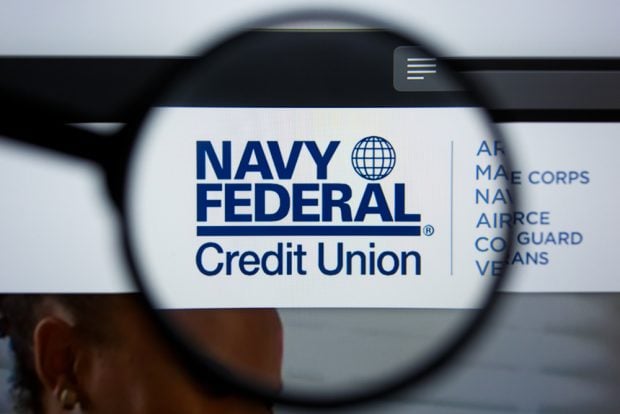AUCKLAND, New Zealand – After studying and comparing credit union models of the U.S. with those of other countries, officials at the New Zealand Association of Credit Unions (NZACU) have made their choice: The U.S. credit union model is the one they're encouraging their members to follow because they see it as a warm, friendly, helpful service. Manager Doug McLaren in a speech to the Police Credit Unions Conference in Queenstown, touted the American model of the "people helping people" philosophy as being the secret to success. The conference was attended by credit unions with a police common bond from Fiji, Australia, New Zealand and Papua New Guinea. McLaren's research turned up some interesting differences between the U.S. credit union model and other countries'. He discovered, for example, that many Asian countries are involved in micro-financing solutions for their poorest people. Australia and Canada have huge credit unions that function much like banks with a trend to merge. The British credit union system has been restricted by law, but that is expected to change when new regulations go into effect in July. "We have good demographic profiles and have to provide a range of banking products, but we don't want to become a bank," McLaren said. He said one of the main differences between the American and New Zealand CUs is that the former have billions of dollars in assets, while in New Zealand they have millions, "but the ratios are the same." McLaren spoke in glowing terms of a recently completed mystery shopper program among credit unions in New Zealand. He said that all credit unions scored in the 90′s for things like friendliness and helpfulness. What amazed McLaren was that 100% scored in the eye contact category. He had his doubts that the results were correct and asked the shopping company to double check with their shoppers. The shoppers came back with the same results and the same statement of surprise. Although slightly lower, he was equally pleased with the efficiency rating of 88% and knowledge rating of 85%. In a world of automated phone systems, the result of 76% of credit unions that had personnel answering within five rings is something he considered excellent. Customer service is the main ingredient of success, McLaren believes, and he credits the customer service attitude with one of the reasons American credit unions are so successful. Whether the model is American or just good customer service, it is working. Last year New Zealand showed growth of 25% in assets and 14.5% in membership. And 2000 was also a good year with an 18% growth in assets and 11% in membership. For every 22 New Zealanders, one is a member of a credit union. In some areas like Hawke's Bay the figure is one in 16. McLaren is passionate when he talks about what credit unions can do. He laughs when he said that four years ago he didn't know what a credit union is. Neil MacDonald, a member of the board of directors of both NZACU and the World Council of Credit Unions, echoes McLaren's belief that the American model is the way to go. Unlike McLaren however, he is an old hand at credit unions, having been affiliated with credit unions since mid 70s. By 1979 he was a director of the BP Oil Credit Union. Both McLaren and MacDonald are concerned that instead of giving credit unions much needed legislation, the New Zealand government has decided to fund Alliance party leader Jim Anderton's Kiwi Bank. The bank was proposed in response to local banks being gobbled up by banks from other countries. MacDonald doesn't think much of the Kiwi Bank service concept. "You have to make a booking to talk to a manager," he said. There is a waiting period to see if people are accepted. "Banking operations in New Zealand are being run from the same counter as the post, which is often in a book shop and the queues (lines) are horrendous." MacDonald feels that New Zealanders have a love-hate relationship with banks. He sees image differences as well. "Go into credit unions and they are not as palatial as major banks. No lounges with leather chairs. They don't have bone china tea cups. MacDonald thinks what credit unions do have fits the model New Zealanders are seeking. "We do have nicely upholstered chairs and warm colors, an area for cups of coffee, etc." He doesn't think that having fancy coffee cups is as or more important as the service. McLaren told credit unions, "If all staff members are constantly looking for ways to improve the lives of their credit union members, by offering products or services that will truly enhance their financial lives, a credit union will be seen as a caring organization and not one that is simply trying to push products." MacDonald concurs. That is the perception New Zealand credit unions, thousands of miles away from the U.S., have of American CUs. -
© Touchpoint Markets, All Rights Reserved. Request academic re-use from www.copyright.com. All other uses, submit a request to [email protected]. For more inforrmation visit Asset & Logo Licensing.






